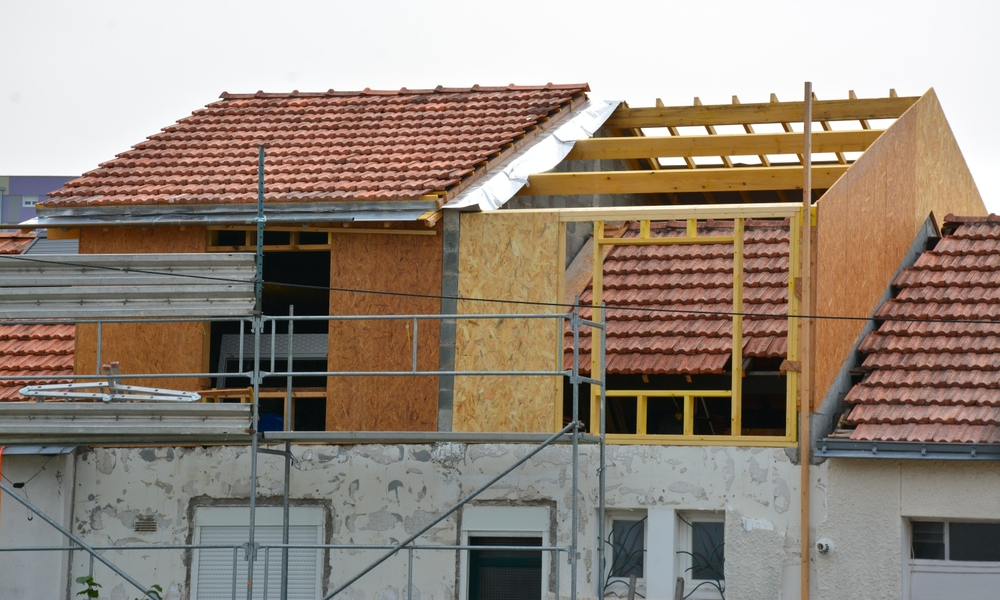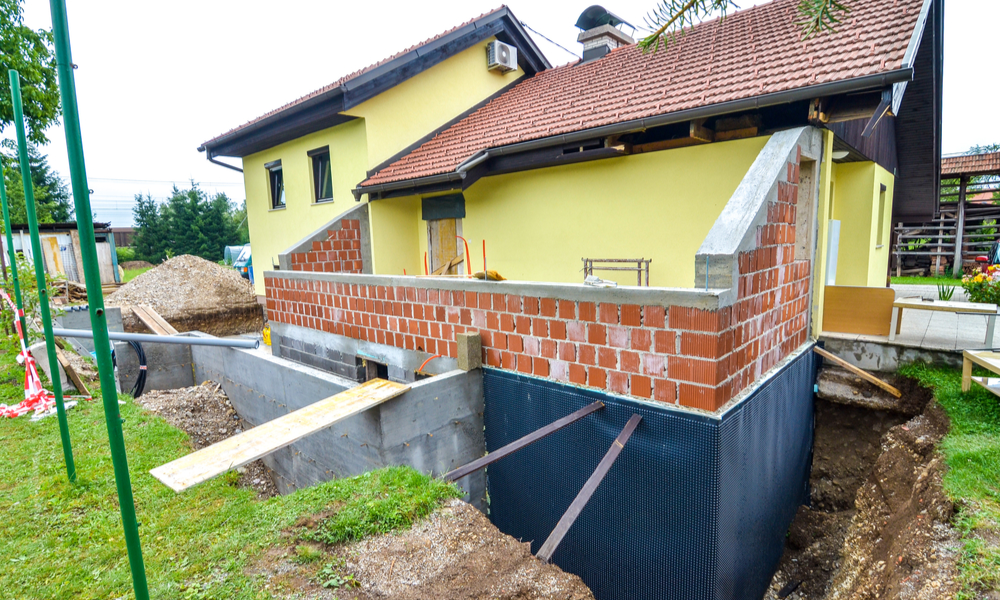When I think about boosting a home’s resale value, most people gravitate toward flashy upgrades—renovating the kitchen, adding a deck, or maybe swapping out old windows. But here’s the thing: one of the most impactful changes is something you might never see—insulation. It’s a behind-the-scenes powerhouse that enhances comfort, cuts down energy costs, and improves the appeal of your home for potential buyers.
If you’re curious about how improving your home’s energy efficiency with proper materials can turn into real financial gain, you’re in the right place. Here’s a quick roadmap of what we’ll cover:
- Why a well-insulated home appeals to today’s buyers.
- The types of materials that provide the best return on investment.
- How upgrading the thermal barrier in your home contributes to comfort and efficiency.
- Strategies to showcase energy-saving upgrades to buyers.
- How these upgrades reduce environmental impact and long-term maintenance.
Let’s dig into how you can turn this often-overlooked improvement into a selling point that buyers won’t ignore.
Why Buyers Love an Efficient Home
These days, buyers want more than curb appeal. A home’s efficiency and operating costs are equally important. A well-upgraded thermal barrier helps meet these demands. It ensures consistent indoor temperatures, which means less reliance on heating and cooling systems. This is music to a buyer’s ears—lower monthly bills and a reduced carbon footprint.
Beyond savings, there’s the comfort factor. No one likes rooms that feel drafty in winter or unbearably hot in summer. A properly insulated home evens out those temperature swings, creating a more pleasant environment year-round. Buyers walk into a home like that and think, This is exactly what I’ve been looking for.
Picking the Right Material: What Pays Off

The type of thermal protection you choose can make a big difference in your return on investment. Here are some standout options:
1. Spray Foam
Spray foam is a premium choice, sealing gaps and providing exceptional thermal resistance (R-value). While it’s pricier than other options, the energy savings and soundproofing benefits are often worth it.
2. Fiberglass
Fiberglass is a more budget-friendly alternative. It’s widely available and easy to install, making it a go-to option for many homeowners. It might not seal air gaps like foam, but it’s effective for walls and attics.
3. Cellulose
Made from recycled materials, cellulose is a top pick for eco-conscious homeowners. It’s highly effective at reducing heat transfer and provides decent soundproofing. However, it might require periodic maintenance to stay effective.
Each of these materials has pros and cons, so choosing the right one depends on your budget, location, and home’s needs. If you’re unsure where to start, Winter-Proofing Your Home with Expert Insulation Tips can help guide you.
Efficiency Is the New Luxury
Modern buyers prioritize efficiency as much as luxury. Improving your home’s thermal performance is one of the most effective ways to reduce utility bills. A home that’s easier (and cheaper) to heat or cool gets noticed in the competitive real estate market.
An energy audit is a great way to showcase efficiency improvements. It provides measurable proof that your upgrades are paying off. And if you’re wondering just how much this can impact bills year-round, check out How Proper Insulation Reduces Energy Bills Year-Round.
Comfort Beyond Temperature
Insulation doesn’t just regulate temperatures; it also improves noise control. It acts as a sound barrier, creating a quieter indoor environment. This can be a significant selling point, especially in urban areas or neighborhoods with high traffic.
I’ve spoken with several homeowners who didn’t realize how noisy their homes were until they upgraded their insulation. Buyers stepping into a home that muffles outside noise will feel an instant sense of peace. Curious about how soundproofing works? You’ll find more insights in Soundproofing Your Space: How Insulation Can Help.
Showcase Your Upgrades to Buyers

While thermal upgrades don’t make for flashy photo ops, you can still highlight them effectively:
Utility Bills: Show buyers how much they can save with your upgrades. Lower bills are an undeniable selling point.
Energy Certifications: If you’ve installed ENERGY STAR-certified products, mention them. Buyers appreciate the assurance these certifications provide.
Marketing Descriptions: Use phrases like “energy-efficient upgrades” or “environmentally friendly home improvements” in your listing to catch attention.
Sustainability and Long-Term Value
Eco-conscious buyers love knowing that a home’s upgrades reduce its environmental impact. Some materials, like cellulose and recycled denim, help minimize waste while providing excellent thermal performance. Others, like spray foam, improve efficiency so significantly that they offset their environmental cost over time.
Upgrading your home’s efficiency isn’t just about lower bills; it’s about reducing your carbon footprint. Check out The Role of Insulation in Reducing Carbon Footprints to see how these upgrades contribute to a greener future.
Saving on Maintenance
Here’s a hidden perk: upgrading your home’s thermal barrier can also cut down on long-term maintenance costs. By keeping moisture and drafts out, it reduces the likelihood of issues like mold, condensation, or damage to HVAC systems.
Attic upgrades, for instance, can prevent ice dams in colder climates—a common cause of roof damage. If you’re dealing with heat loss in your basement, Basement Insulation: Stop Heat Loss Where It Starts provides helpful tips.
Overcoming Obstacles
Upgrading older homes can sometimes be challenging, but incremental improvements can make a big difference. Start with the areas that provide the most bang for your buck—like the attic—and work your way down. An energy audit can help prioritize which areas need attention first.
If you’re not sure whether to go the DIY route or call in the pros, my blog DIY vs. Hiring a Pro: Why Insulation Contractors Are Key breaks down the pros and cons of both approaches.
Conclusion
Insulation might not be glamorous, but it’s one of the smartest upgrades you can make. It enhances your home’s comfort, reduces energy costs, and adds real value when it’s time to sell. Buyers want homes that are efficient, comfortable, and environmentally friendly—and improving your home’s thermal barrier ticks all those boxes.
So, if you’re looking for a way to maximize your home’s market appeal without breaking the bank, start here. Trust me, the benefits of upgrading this hidden gem are far-reaching—for you and the next lucky homeowner.For more tips on maximizing your home’s value, visit Insulation Myths Busted: What Homeowners Need to Know.




